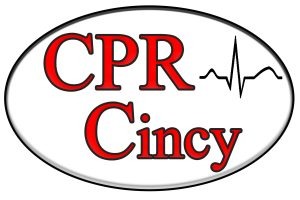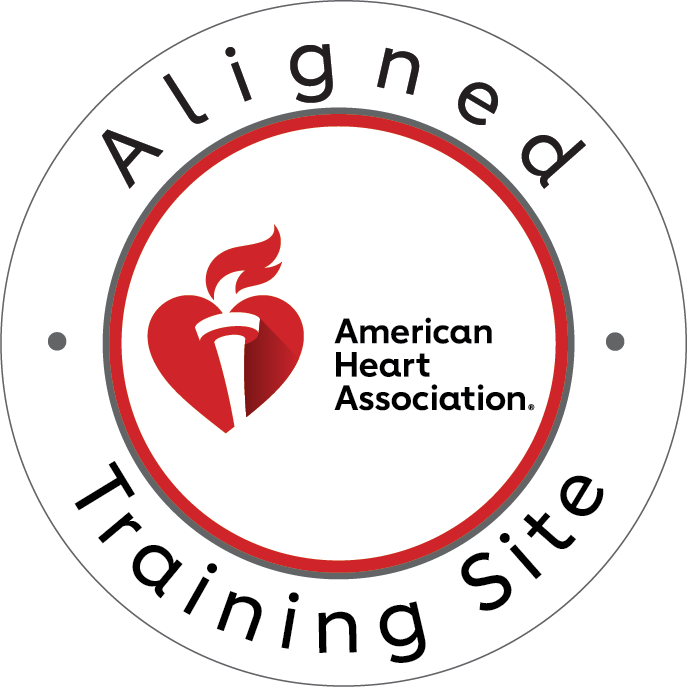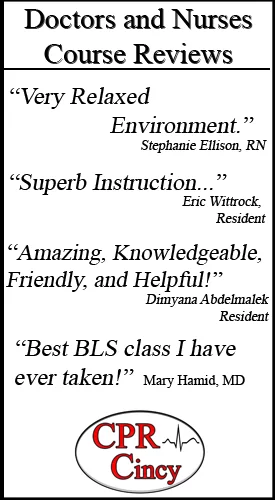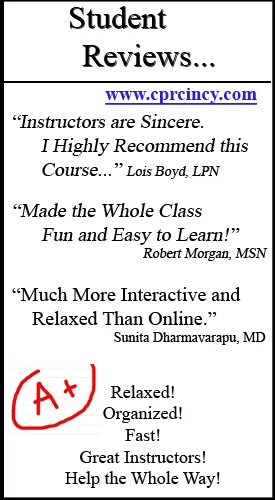Understanding BVM Ventilation
Understanding BVM ventilation is essential knowledge for anyone involved in emergency medical services and healthcare. At its core, BVM ventilation is the immediate, manual method used to support or replace a patient’s breathing when they are no longer able to do so adequately on their own. The Bag-Valve-Mask, or BVM, is a simple yet powerful handheld device that allows a rescuer to deliver positive pressure ventilation, effectively forcing oxygen-rich air into the patient’s lungs. This critical skill is truly a cornerstone technique for all healthcare providers and emergency responders, representing one of the first and most crucial interventions in situations ranging from cardiac arrest to respiratory failure. This article will define the BVM, explore its purpose in resuscitation, detail the proven steps for proper use, and highlight where professionals and responders can master this life-saving technique.

What Does BVM Mean?
The term BVM is an abbreviation for Bag-Valve-Mask, precisely describing the components that make up this vital piece of equipment. The device is a non-powered, self-inflating apparatus that relies entirely on the rescuer’s manual action. Structurally, the BVM consists of several essential parts: a flexible, self-inflating bag that the rescuer squeezes to push air; a one-way valve that ensures expired air does not re-enter the bag; a cushioned mask designed to create an airtight seal over the patient’s nose and mouth; and finally, an oxygen reservoir that allows the device to deliver high concentrations of oxygen when connected to an external source. All of these components work in concert to facilitate the manual delivery of necessary oxygen and air to a patient whose respiratory function has failed.
What Is the Purpose of BVM Ventilation?
The primary purpose of BVM ventilation is to maintain adequate oxygenation and ventilation for a patient who is experiencing respiratory compromise. In essence, the device acts as an external lung, taking over the breathing process when the patient’s own respiratory drive has failed or is severely impaired. There are several critical situations where BVM ventilation is immediately required.
Cardiac Arrest
It is an indispensable tool during cardiac arrest, where continuous ventilation is necessary alongside chest compressions, and it is the key intervention during isolated respiratory arrest. Furthermore, it is routinely used during critical procedures like intubation attempts to ensure oxygen levels remain stable during the process. Its importance spans both prehospital settings, such as ambulance runs and field emergencies, and in-hospital environments, including emergency departments and intensive care units, establishing it as a truly universal and foundational rescue skill. This manual method is known to be effective in resuscitation scenarios, and it always serves as a temporary but crucial bridge role, sustaining the patient’s oxygen levels until more advanced airway management techniques can be successfully established by medical professionals.
How to Ventilate a Patient with BVM (Step-by-Step)
Executing BVM ventilation effectively requires careful preparation and adherence to a defined, proven technique.
Preparation
The preparation phase starts with checking the equipment, ensuring all parts are connected and functional, particularly the bag, valve, and mask. Crucially, the BVM must be connected to an oxygen source, typically flowing at 10 to 15 liters per minute, to deliver the highest possible concentration of oxygen into the system. Next, the rescuer must select the correct mask size and ensure an effective, airtight seal is achieved over the patient’s face.
Technique
The ventilation technique itself has two common approaches. The one-person technique requires the rescuer to form the crucial E-C clamp, using their thumb and index finger to create a ‘C’ shape over the top of the mask to press it onto the face, while the remaining three fingers form an ‘E’ shape to lift the jaw and secure the mask seal. However, the two-person technique is often more effective and is the preferred method when staff is available, as one person can focus entirely on maintaining a perfect mask seal using two hands, while the second person concentrates solely on squeezing the bag. During ventilation, the rescuer must always watch for visible chest rise and not merely focus on the pressure they exert on the bag, as visible chest movement confirms air is reaching the lungs. Additionally, rescuers must absolutely avoid overventilation, which can dangerously cause gastric insufflation, potentially leading to vomiting and the risk of aspiration. Teamwork and achieving a proper mask seal are absolutely critical to success.
What Is the Correct Amount of Air to Deliver During BVM?
A critical aspect of successful BVM ventilation involves delivering the correct amount of air, known as the tidal volume, at the appropriate rate. Following proven parameters prevents complications and ensures maximum efficacy.
Adults
For adult patients, the goal is to deliver approximately 500 to 600 milliliters of tidal volume, which translates simply to delivering just enough air to achieve a visible, modest chest rise. This visible indicator is the most reliable non-invasive confirmation that the ventilation is successful and not excessive.
Children
For pediatric patients, the volume is safely adjusted based on weight, typically aiming for 6 to 8 milliliters per kilogram to achieve the same chest rise.
Ventilation Rate
The ventilation rate is equally vital; for adults, the recommended rate is one breath every five to six seconds, equaling 10 to 12 breaths per minute, while children require a slightly faster rate of one breath every three to five seconds. Delivering incorrect volumes poses severe risks, including barotrauma, which is damage caused by excessive pressure, and the aforementioned gastric insufflation, which can decrease cardiac output by pressing on the diaphragm. Precision in volume and rate is a skill learned through repetitive training.
Training and Mastery of BVM Ventilation
The mastery of proper BVM use is unequivocally a learned, hands-on skill that demands regular practice and high-quality training in a controlled environment. It is an essential component of professional competence for every nurse, paramedic, physician, and first responder who may encounter a patient in respiratory distress. The ability to effectively and efficiently manage the airway with a BVM is a baseline expectation for patient care. To achieve this necessary level of proficiency, high-quality training is indispensable.
FAQs about Mastering the Bag-Valve-Mask
- What is a bag-valve-mask, and why is it important in emergency care?
A bag-valve-mask (BVM) is a hand-held device used to provide positive pressure ventilation to patients who are not breathing adequately or have stopped breathing altogether. It consists of a self-inflating bag, a one-way valve, and a mask that fits over the patient’s nose and mouth. The BVM is crucial in emergency situations because it delivers oxygen-rich air to the lungs when a patient cannot breathe on their own, helping maintain vital organ function until advanced medical care arrives. Healthcare providers learn proper BVM technique as part of their BLS training to ensure effective ventilation during cardiac arrest and respiratory emergencies.
- What are the most common mistakes when using a bag-valve-mask?
The most frequent errors include inadequate mask seal, improper head positioning, ventilating too quickly or forcefully, and failing to observe chest rise. An incomplete mask seal allows air to escape rather than enter the lungs, while poor head positioning can obstruct the airway. Over-ventilation can cause gastric distension and increase the risk of aspiration. These mistakes can be avoided through proper training and regular practice, which is emphasized in hands-on BLS for Healthcare Providers courses where students gain practical experience with BVM devices.
- How do you achieve an effective seal with a bag-valve-mask?
Achieving an effective seal requires proper technique, typically using either the one-handed C-E grip or the two-handed technique. With the C-E grip, your thumb and index finger form a “C” on the mask while your remaining fingers form an “E” along the jaw, simultaneously creating a seal and maintaining head tilt. The two-handed technique, often more effective, uses both hands to secure the mask while another rescuer squeezes the bag. The patient’s head should be in the “sniffing” position with proper airway alignment. Practicing these techniques during ACLS and PALS certification courses ensures healthcare providers can perform them effectively under pressure.
- When should two rescuers be used for bag-valve-mask ventilation?
Two-rescuer BVM ventilation is preferred whenever possible because it’s more effective than the single-rescuer technique. One rescuer maintains the mask seal and airway positioning using both hands, while the second rescuer compresses the bag to deliver ventilations. This approach is especially important for patients with facial trauma, beards, or anatomical features that make achieving a seal difficult. Two-rescuer technique is also essential during prolonged resuscitation efforts to prevent rescuer fatigue. Healthcare teams learn coordinated two-rescuer BVM skills during CPR and First Aid training to improve patient outcomes in real emergencies.
Call to Action
Ready to master lifesaving ventilation techniques? CPR Cincinnati provides comprehensive, hands-on training in bag-valve-mask skills and more. Enroll in our CPR certification in Cincinnati or BLS classes in Cincinnati today and gain the confidence to respond effectively in any emergency. Our stress-free, American Heart Association-certified courses ensure you’re prepared when it matters most. Visit CPR Cincinnati – where you’ll find the best CPR in Cincinnati!





